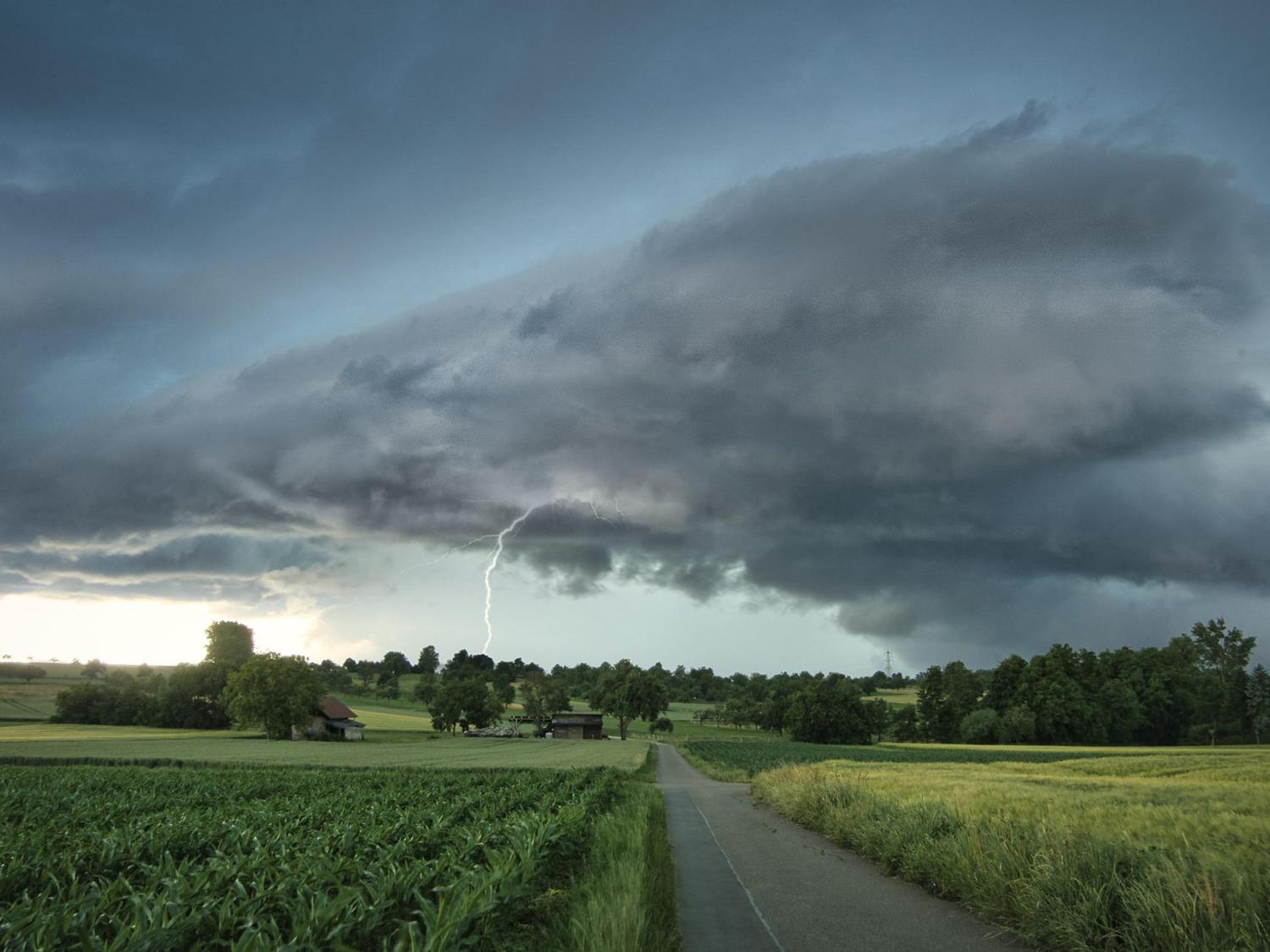
Researchers found ocean salinity may better predict heavy summer rainfall a season in advance in the Midwest. Pixabay. All Rights Reserved.
Saltier sea water may predict heavy summer rains in the U.S. corn belt
Posted on October 11, 2022UNIVERSITY PARK, Pa. — Farmers in the Midwest should care about the saltiness of ocean water thousands of miles from their fields, according to a team of scientists.
The researchers found ocean salinity may better predict heavy summer rainfall a season in advance in the Midwest. The findings could allow farmers and officials to make better decisions about planting crops and managing potential hazards like flooding.
“We all know precipitation is critical for the Midwest, but it is also notoriously difficult to predict,” said Laifang Li, assistant professor or meteorology and atmospheric science at Penn State. “Our work shows that salinity signals in the ocean can be a skillful predictor of heavy rainfall in one of the world’s major agricultural areas.”
Scientists have long used sea surface temperature to predict seasonal rainfall. For example, unusually warm conditions during an El Nino are known to bring more rain to the United States, but predicting how much remains a challenge.
By instead focusing on salinity, the team found they could improve seasonal Midwest heavy rainfall predictions by 92%. They reported their findings in the journal Geophysical Research Letters.
“The basic idea of this study is when we see precipitation at one place on land, it means that another portion of the globe must be losing water,” said Li, who is also an associate of the Earth and Environmental Systems Institute and co-hire of the Institute for Computational and Data Sciences at Penn State. “The ocean has an unlimited water supply — so that’s why we think it’s the right place for us to search for this water source for precipitation on land.”
Oceans supply much of the rain that falls on Earth. Warm water evaporates from the ocean and condenses in clouds in the atmosphere, and weather patterns can carry this moisture thousands of miles before it falls as rain in places like the Midwest.
Evaporation removes fresh water but not salt from the ocean, so measuring salinity left behind at the ocean surface can give meteorologists a better idea of how much moisture is in the atmosphere and how much rain these weather patterns can deliver, the scientists said.
“That’s the idea behind using salinity — people call it nature’s rain gauge — because when water evaporates from the ocean, it leaves the salt behind,” Li said. “So saltiness can really tell us about the water exiting or entering the ocean surface.”
The team compared Midwest rainfall data from 1948 to 2019 with ocean surface temperature and salinity measurements from the same time span. Researchers have been measuring ocean salinity for hundreds of years, and today satellite remote sensing can observe changes in salinity, providing observations for large swaths of the oceans.
They found including salinity in the tropical Pacific and subtropical North Atlantic into their predictive models improved forecasts of heavy rains in the Midwest by 92% compared to surface temperature alone.
The research builds on previous work by Raymond Schmitt, scientist at the Woods Hole Oceanographic Institution, linking a saltier subtropical North Atlantic with increased summer-season precipitation over the Midwest.
“Here we present an additional line of evidence that springtime sea surface salinity in the tropical Pacific and the subtropical North Atlantic are skillful predictors of summertime heavy rainfall in the U.S. Midwest,” said Schmitt, who is coauthor on this study.
Heavy rains and resulting floods are among the most harmful natural hazards in the Midwest, the scientists said. The Great Flood of 1993 alone caused an economic loss of more than $12 billion.
“If we had these salinity-based predictors then, we could have predicted more than half of the real amount of precipitation they experienced,” Li said. “The models just based on temperature might have predicted a quarter or even less of the total amount of rainfall. That difference can translate into billions of dollars of economic losses. So we think this progress is substantial.”
As global and ocean temperatures continue to rise, the oceanic water cycle is expected to intensify, with more moisture evaporating into the atmosphere and more heavy precipitation falling on land, the scientists said.
“As a result, salinity turns out to be a more skillful predicator for rainfall in places like the Midwest as the climate warms,” Li said. “The ocean can be an ultimate source for climate predictability, and we think it’s really important to continue to monitor the ocean as time goes on.”
Also contributing to research was Caroline Ummenhofer, an associate scientist at the Woods Hole Oceanographic Institution.
The National Science Foundation provided funding for this research.
From Penn State News
